GIVE NOW before 2025 ends—your gift will be doubled to help children in need. Click here to 2x your impact!

Ranked nationally in pediatric care.
Arkansas Children's provides right-sized care for your child. U.S. News & World Report has ranked Arkansas Children's in seven specialties for 2025-2026.

It's easier than ever to sign up for MyChart.
Sign up online to quickly and easily manage your child's medical information and connect with us whenever you need.
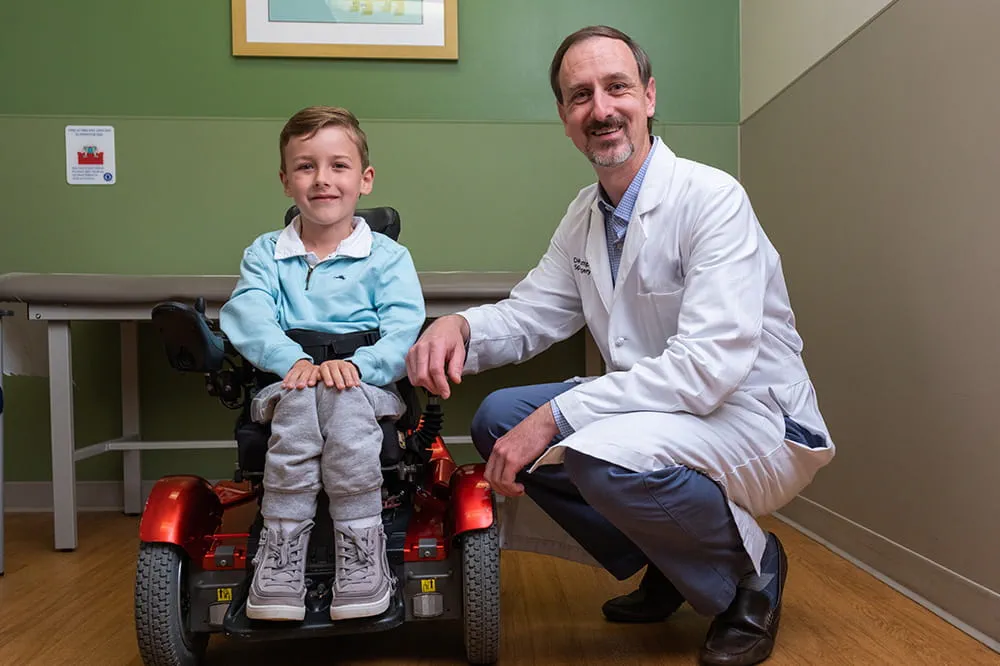
We're focused on improving child health through exceptional patient care, groundbreaking research, continuing education, and outreach and prevention.
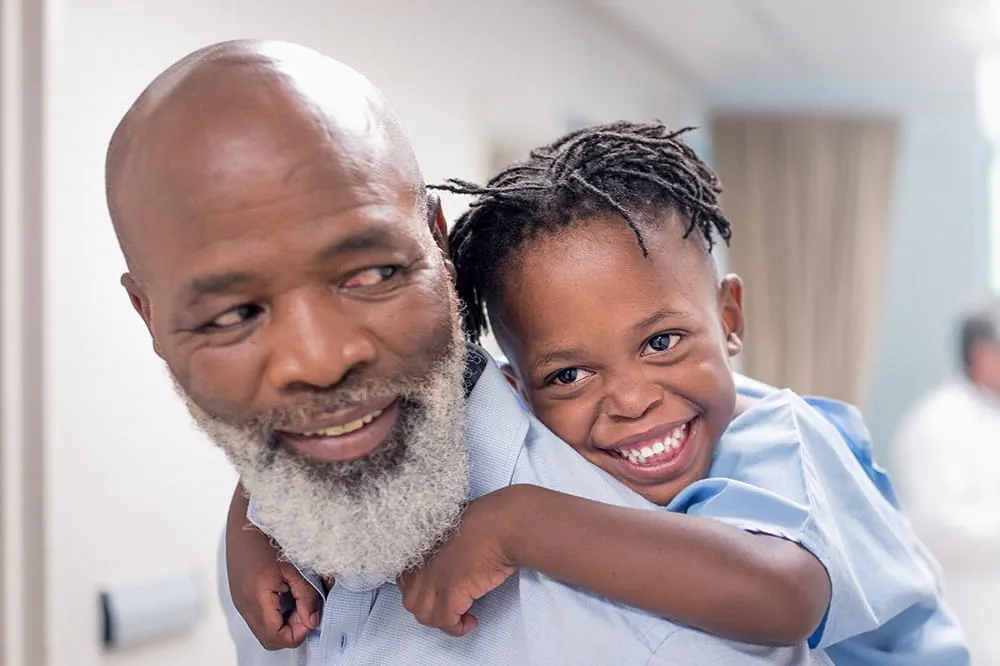
When it comes to your child, every emergency is a big deal.
Our ERs are staffed 24/7 with doctors, nurses and staff who know kids best – all trained to deliver right-sized care for your child in a safe environment.

Arkansas Children's provides right-sized care for your child. U.S. News & World Report has ranked Arkansas Children's in seven specialties for 2025-2026.

Looking for resources for your family?
Find health tips, patient stories, and news you can use to champion children.

Support from the comfort of your home.
Our flu resources and education information help parents and families provide effective care at home.

Children are at the center of everything we do.
We are dedicated to caring for children, allowing us to uniquely shape the landscape of pediatric care in Arkansas.
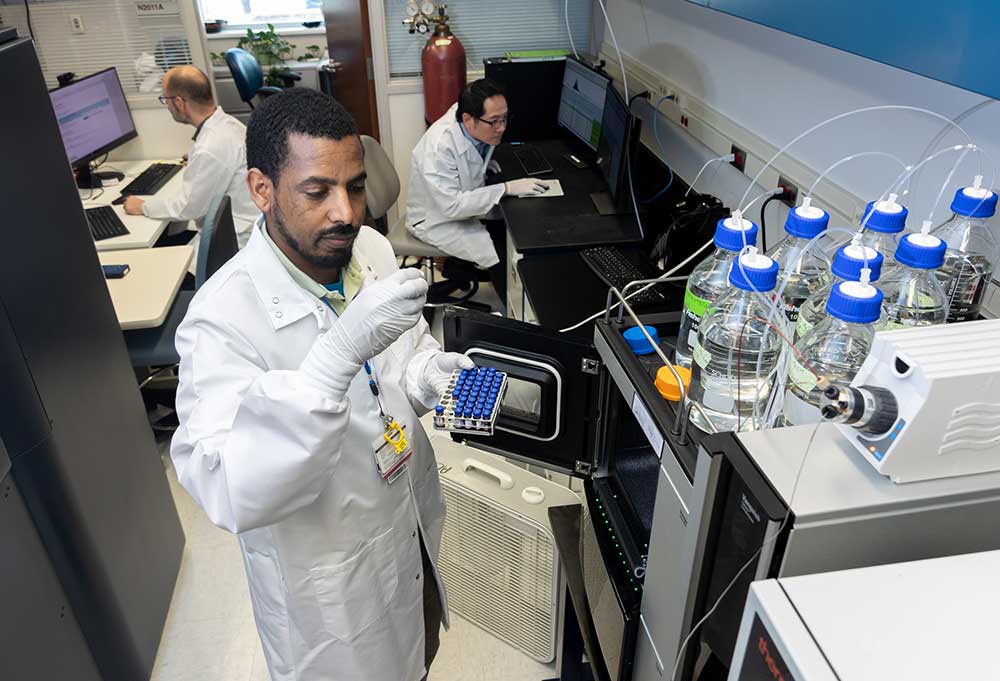
Transforming discovery to care.
Our researchers are driven by their limitless curiosity to discover new and better ways to make these children better today and healthier tomorrow.

We're focused on improving child health through exceptional patient care, groundbreaking research, continuing education, and outreach and prevention.
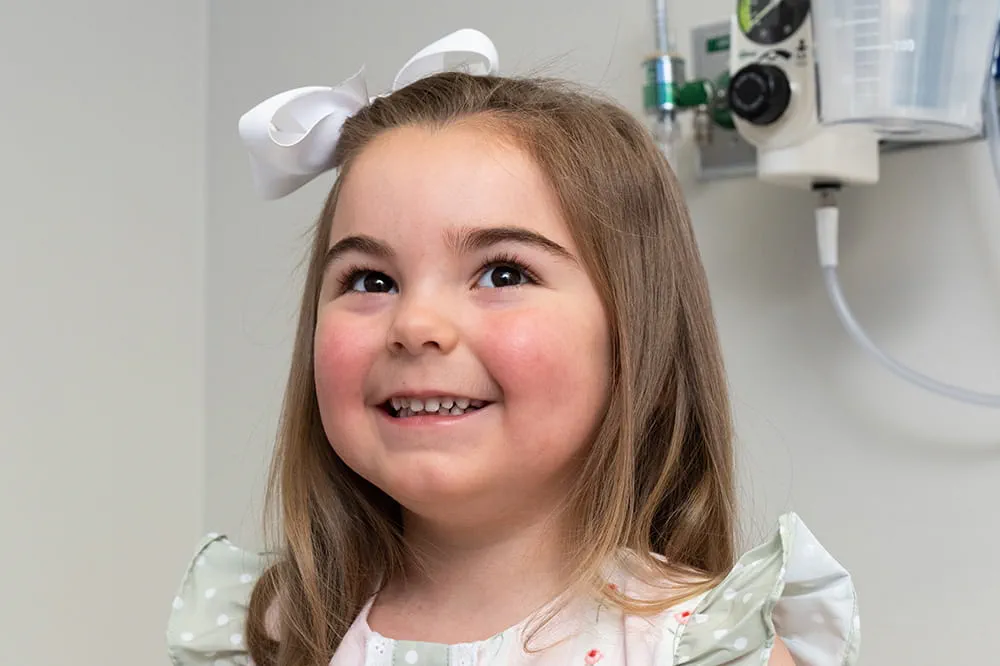
Then we're looking for you! Work at a place where you can change lives...including your own.
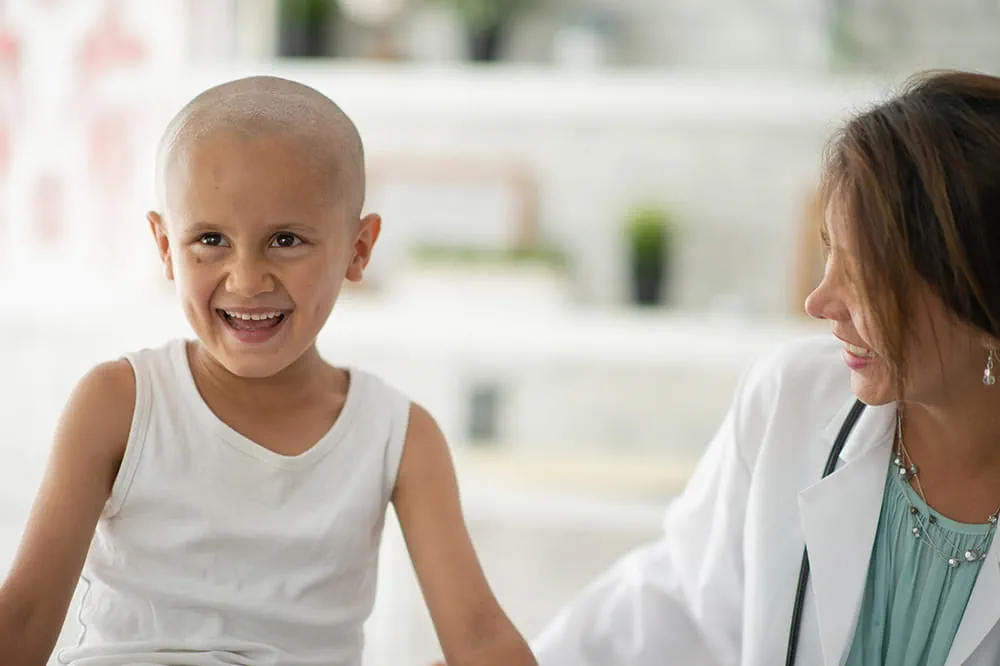
When you give to Arkansas Children's, you help deliver on our promise of a better today and a healthier tomorrow for the children of Arkansas and beyond
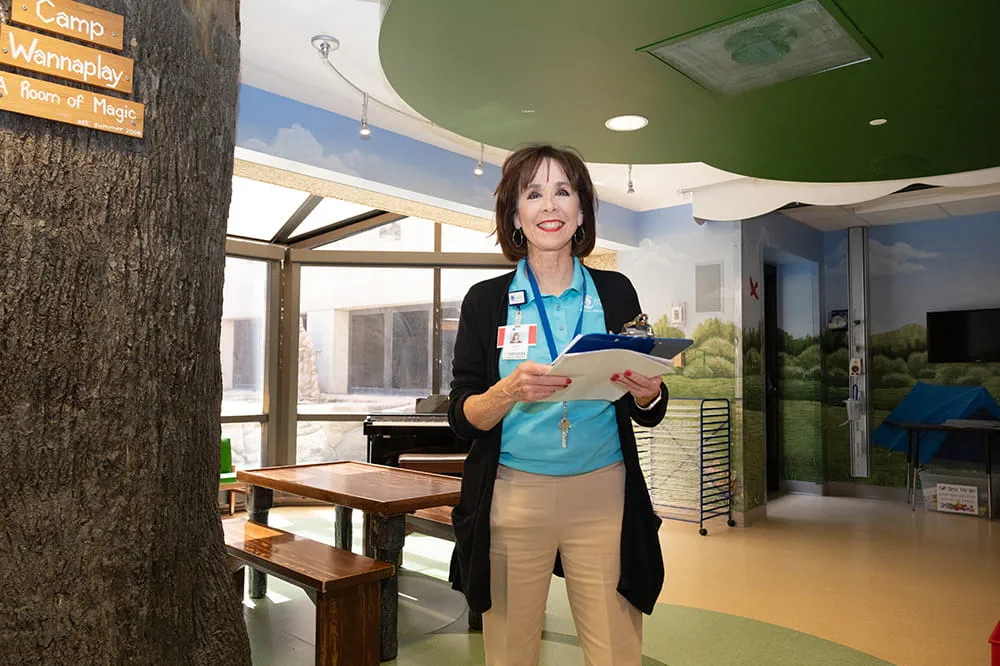
Become a volunteer at Arkansas Children's.
The gift of time is one of the most precious gifts you can give. You can make a difference in the life of a sick child.

Join our Grassroots Organization
Support and participate in this advocacy effort on behalf of Arkansas’ youth and our organization.

Learn How We Transform Discovery to Care
Scientific discoveries lead us to new and better ways to care for children.

Learn How We Transform Discovery to Care
Scientific discoveries lead us to new and better ways to care for children.

Learn How We Transform Discovery to Care
Scientific discoveries lead us to new and better ways to care for children.

Learn How We Transform Discovery to Care
Scientific discoveries lead us to new and better ways to care for children.

Learn How We Transform Discovery to Care
Scientific discoveries lead us to new and better ways to care for children.

Learn How We Transform Discovery to Care
Scientific discoveries lead us to new and better ways to care for children.
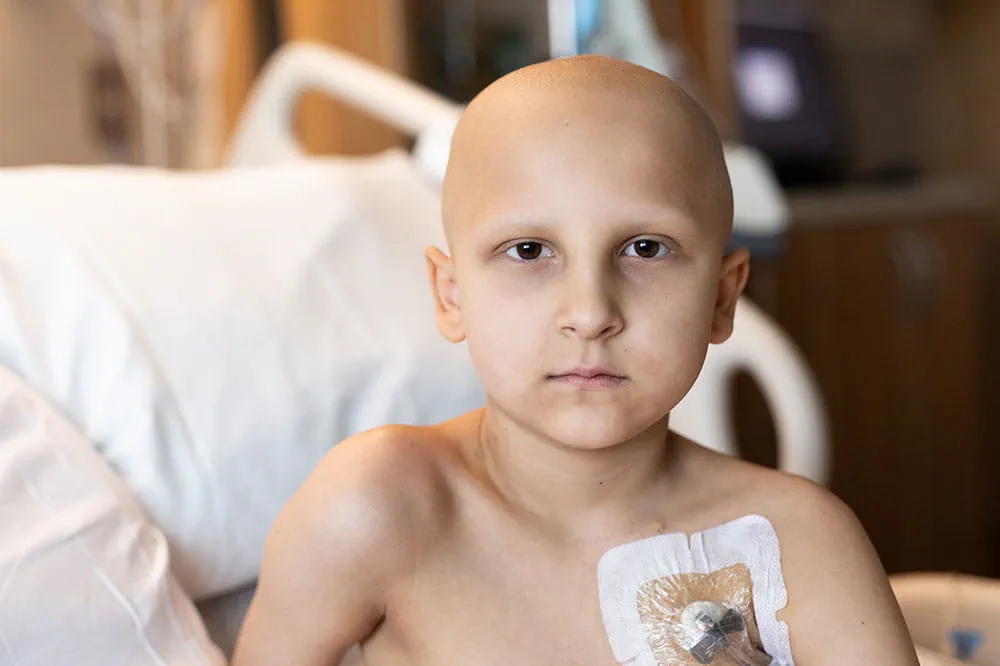
When you give to Arkansas Children’s, you help deliver on our promise of a better today and a healthier tomorrow for the children of Arkansas and beyond.
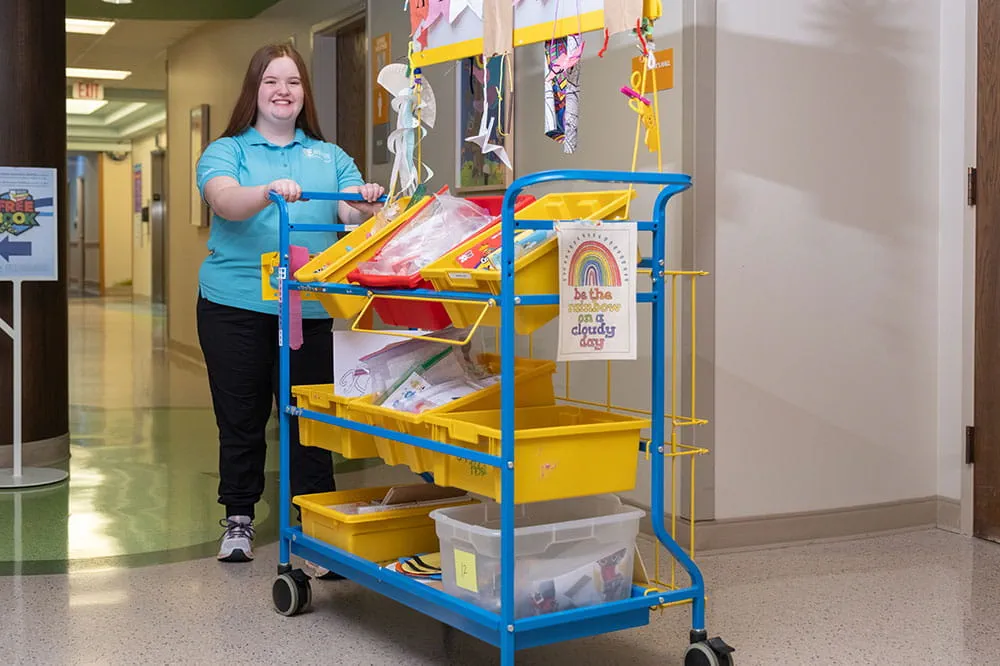
Your volunteer efforts are very important to Arkansas Children's. Consider additional ways to help our patients and families.
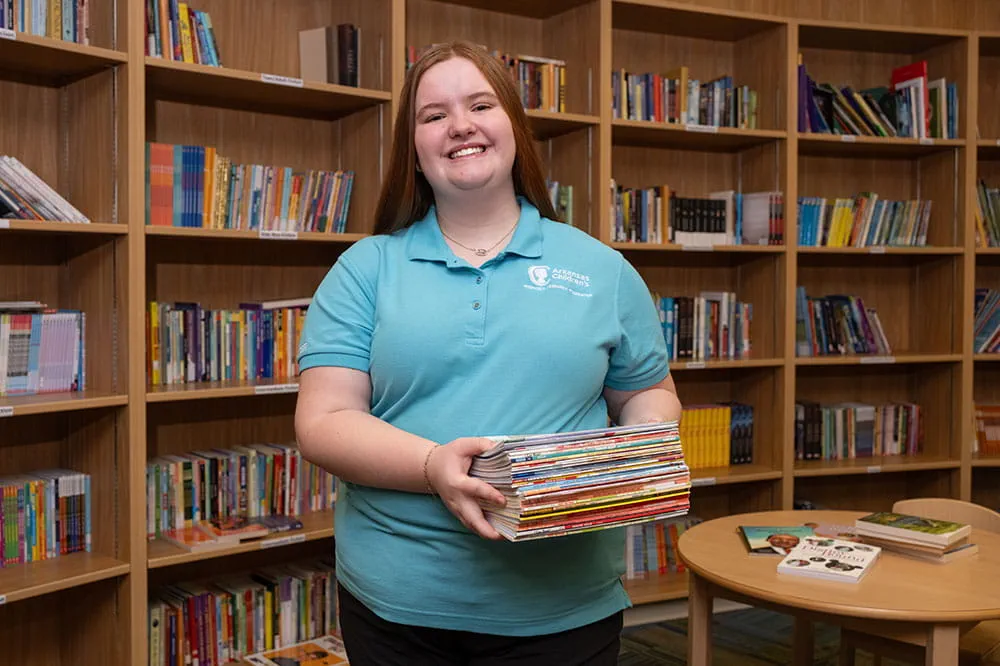
Join one of our volunteer groups.
There are many ways to get involved to champion children statewide.

Make a positive impact on children through philanthropy.
The generosity of our supporters allows Arkansas Children's to deliver on our promise of making children better today and a healthier tomorrow.
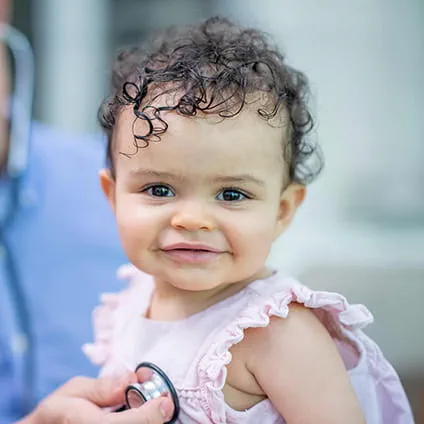
Read and watch heart-warming, inspirational stories from the patients of Arkansas Children’s.

Hello.

Arkansas Children's Hospital
General Information 501-364-1100
Arkansas Children's Northwest
General Information 479-725-6800


A Day in the Life of a CVICU Respiratory Therapist
Helping the Heart Relax
Published date: February 15, 2024
Shift Begins, 6:30 a.m.
Every morning at work begins with the same routine for Shelby, and this day is no different. He and two other CVICU respiratory therapists started 2024 with an update from the RRTs who worked overnight on New Year's Eve. “[The night shift] tells us if a patient is sicker than we left, or if anyone is being med-flighted in, or if there are any surgeries,” Shelby said.
Based on the updates, Shelby and his colleague create the day's list of treatments or therapies needed for each patient. Typically, the two primary respiratory therapists each treat six to eight patients every day. Many patients are in long-term care, so frequently, each RRT will be assigned patients they've treated before. Developing relationships with the patient and their caregivers provides comfort during a stressful time, like waiting for a heart transplant. Strong relationships between respiratory therapists and caregivers have other benefits, too.
“The mood of the family and the patient and the connectedness – it helps them heal faster,” Shelby said.
Treatments
Mornings are the busiest for respiratory therapists at ACH because almost all patients start the day with a treatment. Some patients need only one or two treatments daily. In contrast, others may require four or more at regular intervals throughout Shelby's 12-hour shift. The most common respiratory therapy treatments use an intrapulmonary percussive ventilator (IPV) or high-flow nasal cannula (HFNC) to support or strengthen a patient's heart and lungs. When healthy, the heart and lungs work together to provide oxygen to the body. Patients born with a congenital heart condition or who develop cardiomyopathy need assistance getting oxygen. Without respiratory treatments, their weakened heart or lungs experience unhealthy strain.
“We’re going to help the patient’s heart relax,” Shelby said when a patient’s condition unexpectedly changed midmorning, requiring an additional treatment.
An IPV treatment pushes bursts of air into the lungs, which helps clear mucus. The air around us contains around 21% oxygen in normal breathing conditions. An HFNC treatment delivers heated and humidified air into the body, allowing a patient's heart to pump less strenuously by tripling the amount of oxygen gained in a single breath.
These treatments take approximately 15 minutes, but Shelby and the ACH respiratory therapists often spend extra time with patients, answering any questions and reducing anxiety.
“Whenever you get into a patient’s room, you treat it like you have nothing else to do for the rest of the day,” Shelby said.
In addition to the two primary respiratory therapists, one or two floating respiratory therapists frequently join the team in the CVICU. Shelby said ACH employs more respiratory therapists than most hospitals, which ensures every patient gets the care they need without straining the system.
After each treatment, the respiratory therapist updates the patient’s chart, ensuring the other care team members, including physicians and nurses, have up-to-date information.
Holiday Differences
By 11 a.m. on New Year's Day, Shelby has provided at least one treatment for the eight patients he's assigned. The holiday is less busy than a typical day, because there's less chance that a patient will need to be transported elsewhere in the hospital for testing or scans. ACH uses battery-operated ventilators to ensure uninterrupted delivery of necessary care if a patient needs an MRI, for example.The 12-hour shift means Shelby spent most of the holiday away from family. He said those on duty support each other and find ways to enjoy the holiday, like sharing potluck meals.
At the end of his shift, he and his day-shift colleague update the incoming night-shift respiratory therapists, passing the baton of exceptional care.

Are you interested in becoming an Arkansas Children's team member?
Click here to view our current job openings
